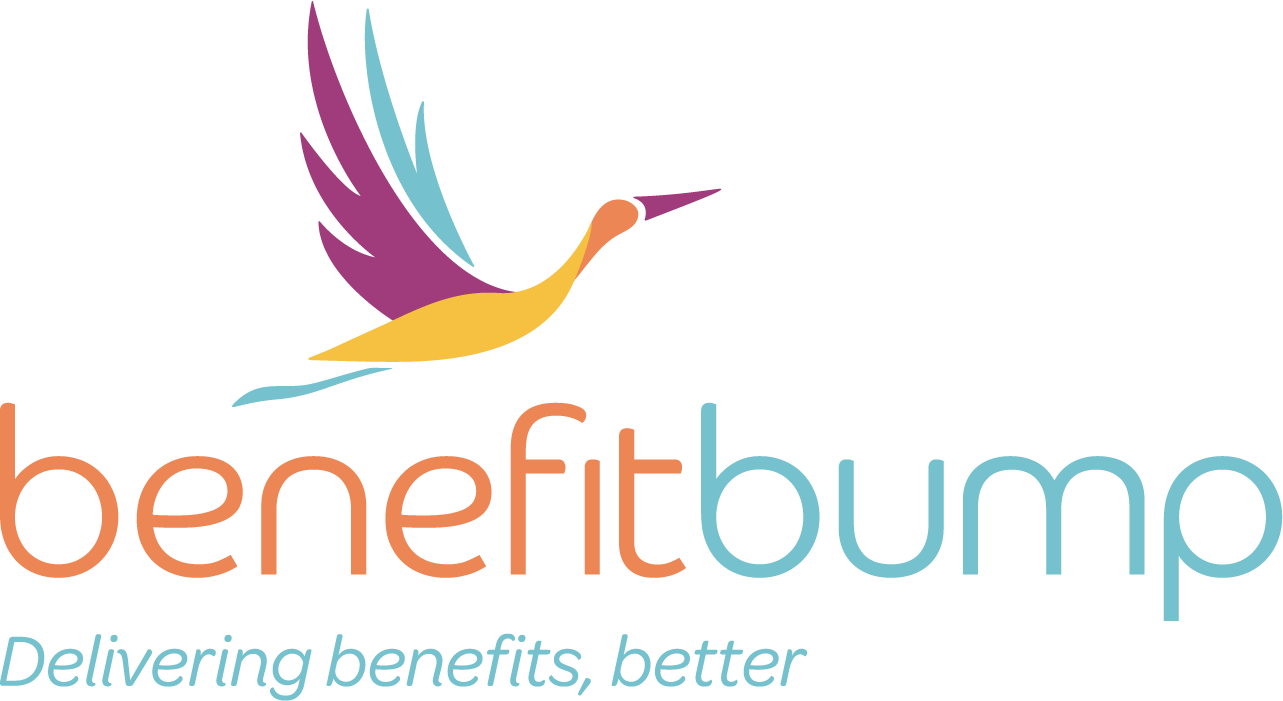A BenefitBump Expert’s Experience of Return-to-Work
BenefitBump’s very own Director of Clinical Strategy & Participant Experience shares her return-to-work experience after baby #2.
I’ve been back to work for about two months since my husband and I welcomed our second son in April. How’s it going, you ask? (Exhales deeply.) Well, I’ve been meaning to write this reflection since my first day back to work over two months ago, if that gives you any idea. If you’re more of a visual person, let me paint you a picture that has been resonating with me a lot lately: I picture a woman trying to shovel her front walk in a snow/ice storm. She keeps slipping on the ice. Each time, she gets back up, dusts herself off, and promptly slips again. Meanwhile, the snow continues to fall, covering the portions she has already shoveled and resulting in a slippery path, despite her best efforts. It’s been feeling a lot like that. Oof.
I thought I had things mostly under control going into second-time parenthood. After all, I work in the FamTech space and my team supports growing families as they navigate leave, benefits, childcare, emotional well-being, and more. I’m also a “veteran” parent (and a veteran COVID parent, at that). I knew the emotional and logistical pain points that my husband and I encountered the first time around -- (lack of) childcare, childcare disruptions, feelings of isolation, and confusion about benefits, to name a few. From the moment we found out that we were expecting, I was diligent about putting systems in place that would better support us through those hurdles this time around.
You can see where this is going. The universe laughed. My preparations certainly helped, but some minor-yet-significant medical and feeding issues demonstrated that no amount of knowledge or preparation can guarantee a smooth transition to (second-time) parenthood.
I’ll spare you the details – I'm still processing them myself. But I will say that the last few months have been complex and unrelenting. Getting my concerns heard (and taken seriously), finding specialty providers, budgeting for unexpected medical costs (many of which are not covered by insurance), adjusting work/home/childcare arrangements to accommodate my newborn son’s needs, meeting my older son’s emotional needs (as this has been stressful for him, too!), all while balancing work responsibilities, because despite my diligence, I could not prepare for everything. The process has been exhausting, isolating, expensive, and all-consuming – even with the professional knowledge I bring to the experience.
I’ve tried to view the whirlwind of the past few months as a learning experience. Doing so has reinforced a lot of the value behind what we do at BenefitBump:
Growing one's family (whether through spontaneous pregnancy, fertility treatment, foster care and/or adoption, or surrogacy) is inherently stressful – even under the best of circumstances.
Every journey to parenthood is different – even veteran parents can benefit from individualized, holistic support.
Parental leave is important for both birth and non-birth parents. Had our family not had the privilege of my husband’s paid parental leave, I would likely have needed to take an extended leave from my career to manage the childcare, feeding, and medical challenges we faced. Even with his leave, we have struggled to balance it all.
Ditto for managers who are explictly trained to understand the stressors that new parents are under and the willingness to be flexible! (My husband logged more than a few of his work hours in the middle of the night this summer). My anticipated work arrangements have had to be adjusted a handful of times to make all the pieces fit together.
There is no time limit to adjusting to a new family member. Even once new parents return to the workplace, understanding and (some degree) of flexibility is crucial to retaining happy working parent employees.
As a mental health professional, I have often told clients and their families that resilience and healing is not about “getting over” adverse experiences, but rather integrating them and creating a sense of meaning behind the adversity. In my case (at least professionally) I will look back on this time as a reinforcement of the important work that we do at BenefitBump and motivation to continue advocating for working families every day.

